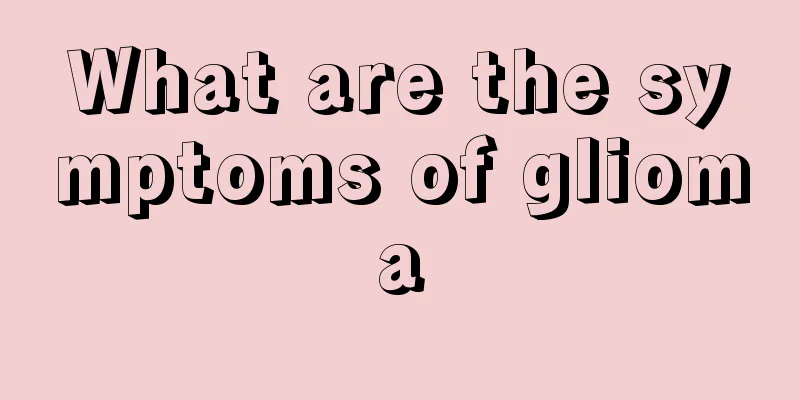What are the symptoms of glioma

|
Each of us longs for a safe and healthy life, but unfortunately, there are always some people who are sad and in pain because of glioma, which brings great harm to their body and mind. Some of them are suffering from glioma, but they are not discovered and treated in time, which leads to their condition worsening. So what are the symptoms of glioma? The symptoms mainly manifest in two aspects. One is increased intracranial pressure and other general symptoms, such as headache, vomiting, vision loss, diplopia, epileptic seizures and mental symptoms. The other is local symptoms caused by compression, infiltration, and destruction of brain tissue by the tumor, resulting in neurological dysfunction. Headaches are mostly caused by increased intracranial pressure. As the tumor grows, the intracranial pressure gradually increases, compressing and pulling on pain-sensitive structures in the skull, such as blood vessels, dura mater, and certain cranial nerves, causing headaches. Most of them are throbbing pain and distending pain, mostly in the frontal, temporal, or occipital regions. For superficial tumors in one cerebral hemisphere, the headache may mainly occur on the affected side. The headache starts intermittently, mostly occurring in the early morning. As the tumor develops, the headache gradually worsens and lasts longer. Vomiting is caused by stimulation of the medullary vomiting center or the vagus nerve, and there may be no nausea at first, and it is projectile. In children, headache may not be significant due to cranial suture separation, and vomiting is more prominent because tumors in the posterior cranial fossa are common. Increased intracranial pressure can cause papilledema, and over time it can cause secondary atrophy of the optic nerve and decreased vision. Primary optic atrophy occurs when the tumor compresses the optic nerve, which also causes decreased vision. The abducens nerve is easily compressed and pulled, often causing paralysis and double vision. Some tumor patients have epilepsy symptoms, which may be early symptoms. Epilepsy begins in adulthood and is generally symptomatic, mostly caused by brain tumors. Those who are difficult to control with drugs or have changes in the nature of seizures should consider the presence of brain tumors. Tumors adjacent to the cortex are prone to epilepsy, while those deep in the cortex are rare. Localized epilepsy has localization significance. Some tumors, especially those located in the frontal lobe, may gradually develop mental symptoms, such as personality changes, indifference, reduced speech and activity, lack of concentration, memory loss, lack of concern for things, and lack of cleanliness. Local symptoms will produce corresponding symptoms depending on the location of the tumor, and they will progressively worsen. Malignant gliomas, in particular, grow rapidly, infiltrate and destroy brain tissue, cause significant surrounding brain edema, have obvious local symptoms, and develop rapidly. |
<<: What are the symptoms of thyroid cancer?
>>: Examination items that patients with pituitary tumor disease should do
Recommend
What to do if lips are too big
When people find that their lips are very big, th...
What are the symptoms of ovarian tumors
Symptoms of ovarian tumors may include abdominal ...
Is slimming underwear good for women?
Many people choose some extreme weight loss metho...
What are the best treatment options for liver cancer? 4 best treatment options for liver cancer are recommended
The best treatment options for people with liver ...
Is there any nasopharyngeal cancer that does not recur? What is good to eat?
There are more and more patients with nasopharyng...
What to do if my arms are sunburned
Nowadays, people often participate in outdoor spo...
Herpes symptoms and diagnostic basis must be read
Herpes is a skin disease caused by herpes virus i...
Can expired wet wipes be used?
Wet wipes actually have a certain shelf life. If ...
What can I eat to reduce the inflammation of my gums?
Inflammatory gums can not only cause redness and ...
Is the gold pot coating harmful?
The main coating material of the golden pot is Te...
Combining Chinese and Western medicine can effectively treat rectal cancer
Traditional Chinese medicine has a slow effect on...
Why is the stool unformed
Many of our friends have encountered the problem ...
How to make sour plum soup with sour plum powder
Sour plum soup is a common drink recently, mainly...
What's going on when there's suddenly too much earwax?
Generally, the presence of earwax is a protection...
Under what circumstances should surgery for hamartoma be performed
Speaking of hamartoma, I believe many people have...









